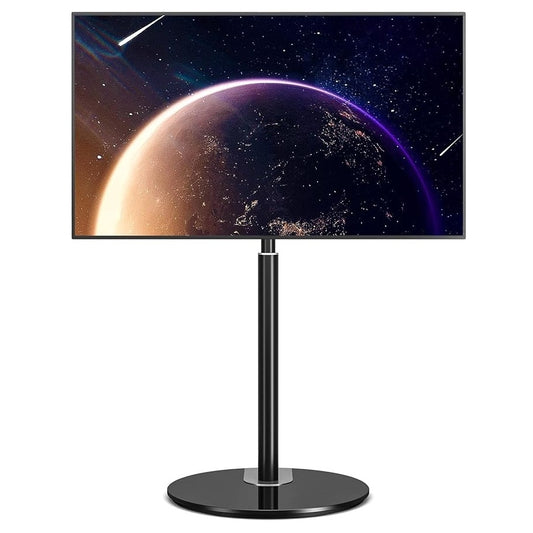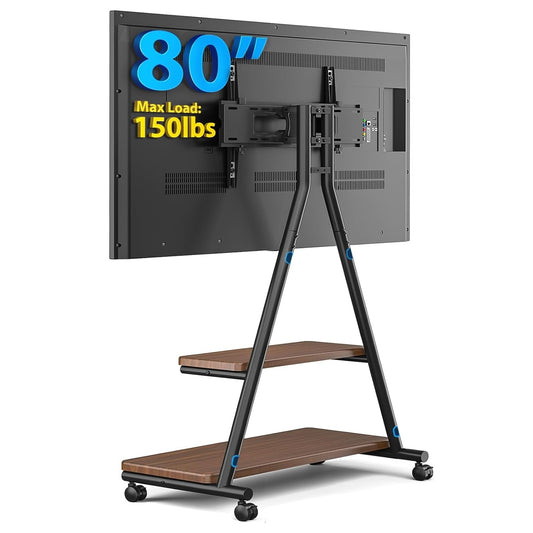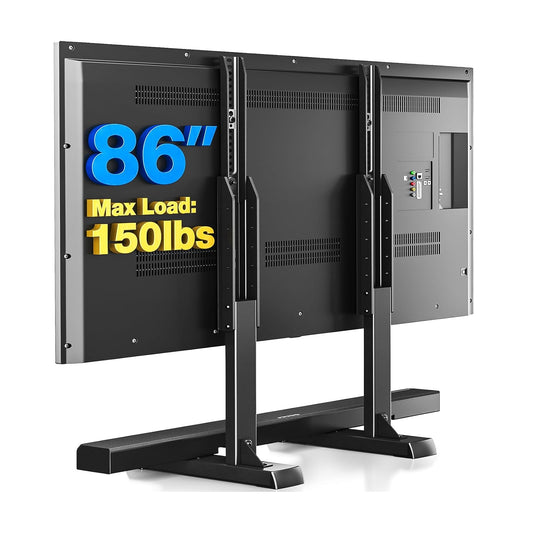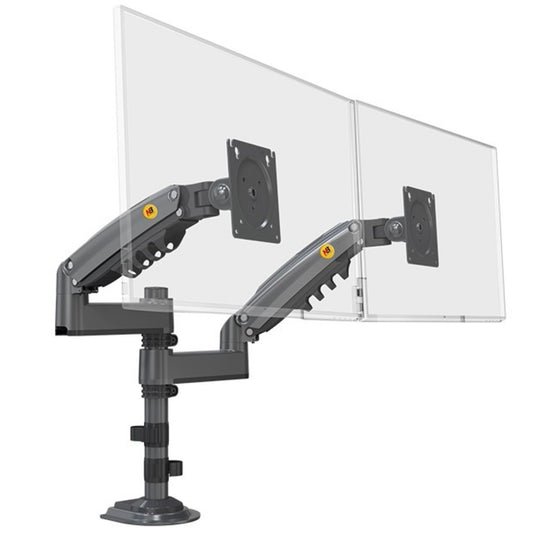
Ultimate TV Wall Mounting Guide: Safe, Stylish, and Space-Saving Installation Tips
Share
Wall-mounting your TV is a smart decision for safety, space efficiency, and modern aesthetics, especially in households with children or pets. By securely fastening the TV to stud-backed walls, tip-overs are minimized, which is crucial for accident prevention. This setup also declutters your space, eliminates the need for bulky media furniture, and enables a sleek, professional look in any room.
Why Wall-Mount Your TV?
Safety: Prevents dangerous tip-overs and keeps the TV securely out of reach for kids and pets.
Space Optimization: Removes the need for media cabinets, freeing up room for another décor or functionality.
Modern Aesthetics: Mounted TVs offer a minimalist, clean look and, with good cable management, create a stylish centerpiece for your living space.
Clean Viewing Experience: Optimal wall placement reduces glare and can be tailored for the best viewing angles.
Choosing the Right Wall Mount
Screen Size, Weight & VESA Pattern
- Choose a mount rated for your TV’s size and weight; check the manufacturer's specifications.
- Match your TV’s VESA pattern—measured by the horizontal and vertical screw spacing on the TV’s back—to the mount brackets.
-
Use size guidelines:
- Small: 19″–32″ (e.g., 100×100 mm or 200×200 mm VESA)
- Medium: 32″–55″ (e.g., 300×300 mm or 400×400 mm VESA)
- Large: 55″–75″+ (e.g., 600×400 mm+ VESA)
Mount Type (Fixed, Tilt, Full-Motion)
- Fixed: Flush to wall, best for straight viewing.
- Tilting: Adjusts up/down, ideal for higher placements or glare reduction.
- Full-motion: Extends out, swivels, and tilts; perfect for rooms with varied seating or challenging layouts.
Wall & Structural Compatibility
- Always mount to wood or metal studs, or solid masonry—never just drywall.
- Use anchors or toggle bolts for heavier TVs when studs are not accessible.
- For masonry, use proper wall plugs and strong screws.
Cable Management & Ventilation
- Plan for cable routing—ideally behind the wall or through covers for a tidy appearance.
- Avoid mounting near heat sources or in high-humidity zones; ensure 10 cm (4″) clearance for airflow around the TV.
- Pay attention to port access if you plan to add devices later.
Installation Steps
Step 1: Determine Location & Height
- Sit in your usual spot; align TV center at adult eye level—generally 40″–42″ (1.02–1.07 m) from the floor.
- Avoid mounting above fireplaces to prevent heat damage and neck strain.
Step 2: Attach Mount to TV
- Install the bracket using VESA screws; protect the screen by laying the TV face down on a soft surface.
Step 3: Secure Bracket to Wall
- Locate studs with a stud finder; mark and drill pilot holes.
- Install mount with manufacturer’s hardware; ensure its level before fully tightening.
Step 4: Hang TV
- With help, lift and secure the TV to the bracket; lock it per instructions.
Step 5: Finalize Setup & Cable Management
- Connect cables; use in-wall rated lines if needed.
- Confirm TV is level, all security screws are tight, and there’s no flex.
Viewing Distance, Height & Ergonomics
- Sit about 1 foot (30 cm) away for every 10″ of screen size (e.g., 55″ = 5.5 ft).
- Screen center should be at seated eye level for comfort; tilt mounts help if placement is high.
- Avoid poor angles and excessive heat; these can lead to discomfort and shorten TV lifespan.
Common Mistakes and Safety Tips
- Mismatched weight capacity: Always verify mount specs against your TV’s size and weight.
- Ignoring wall structure: Never mount large TVs only to drywall; use proper anchoring.
- Mounting too high/awkwardly: Avoid neck strain by following height guidelines.
- Blocking ventilation: Allow for airflow to prevent overheating.
- Poor cable planning: Make sure future device access is considered—full-motion mounts can help.
Pre-Installation Checklist
- TV dimensions, weight, and VESA pattern verified
- Wall material and stud location checked
- Suitable mount type chosen
- Cable routing and power access planned
- Ideal mount height measured from seating
- Installation team ready (minimum two people; more if TV is very large)
- Post-install: screen is level, secure, and stable
FAQs
Q: Can I mount a TV on drywall only?
A: No. Drywall cannot safely support most modern flat-screen TVs unless high-strength anchors are used, and even then, wood or metal studs are preferable for long-term safety.
Q: What is the ideal TV height for wall mounting?
A: The center of the TV should be at adult seated eye level—generally 40″ to 42″ from the floor to screen center.
Q: How do I hide cables when wall-mounting?
A: Use in-wall rated cables and covers for a clean look. Professional installers can run lines through drywall for a seamless finish.
Q: What if my TV’s VESA pattern doesn’t match the mount?
A: Choose a mount with adjustable arms that fit your VESA pattern, and always verify before purchase.
Q: Should I use a tilt or full-motion mount?
A: If mounting high or needing flexible viewing angles, tilt or full-motion mounts are preferable. Fixed mounts are best for straight-on viewing at seated height.
Q: Why avoid mounting above fireplaces?
A: Heat can damage electronics and mounting high causes neck strain. Only do so if absolutely necessary, and use a tilt mount to improve comfort.
This guide equips you to safely select and install a TV wall mount for enhanced comfort, aesthetics, and safety, ensuring a modern and functional entertainment space.




